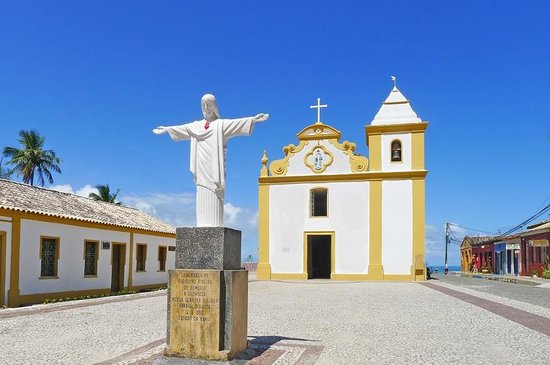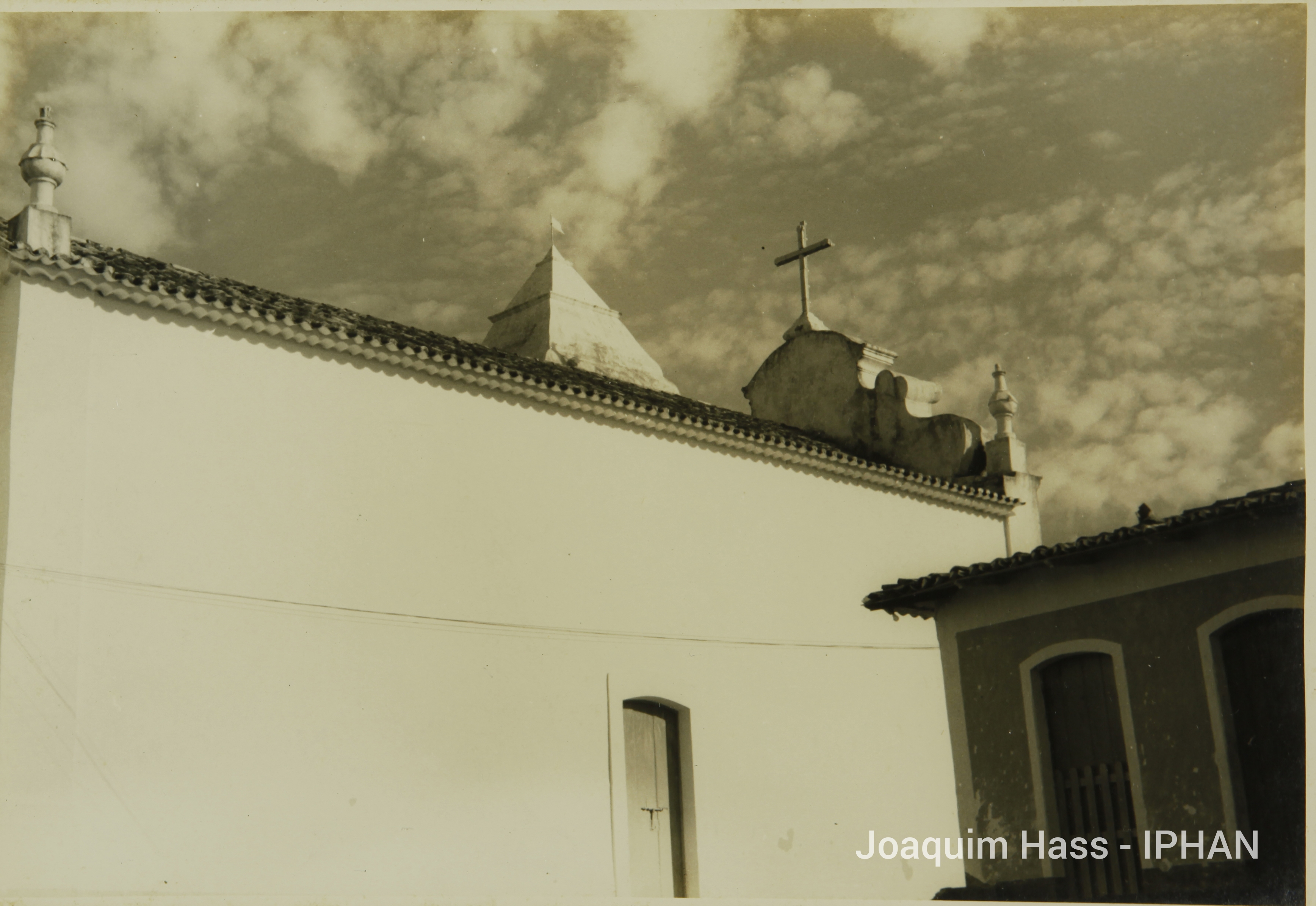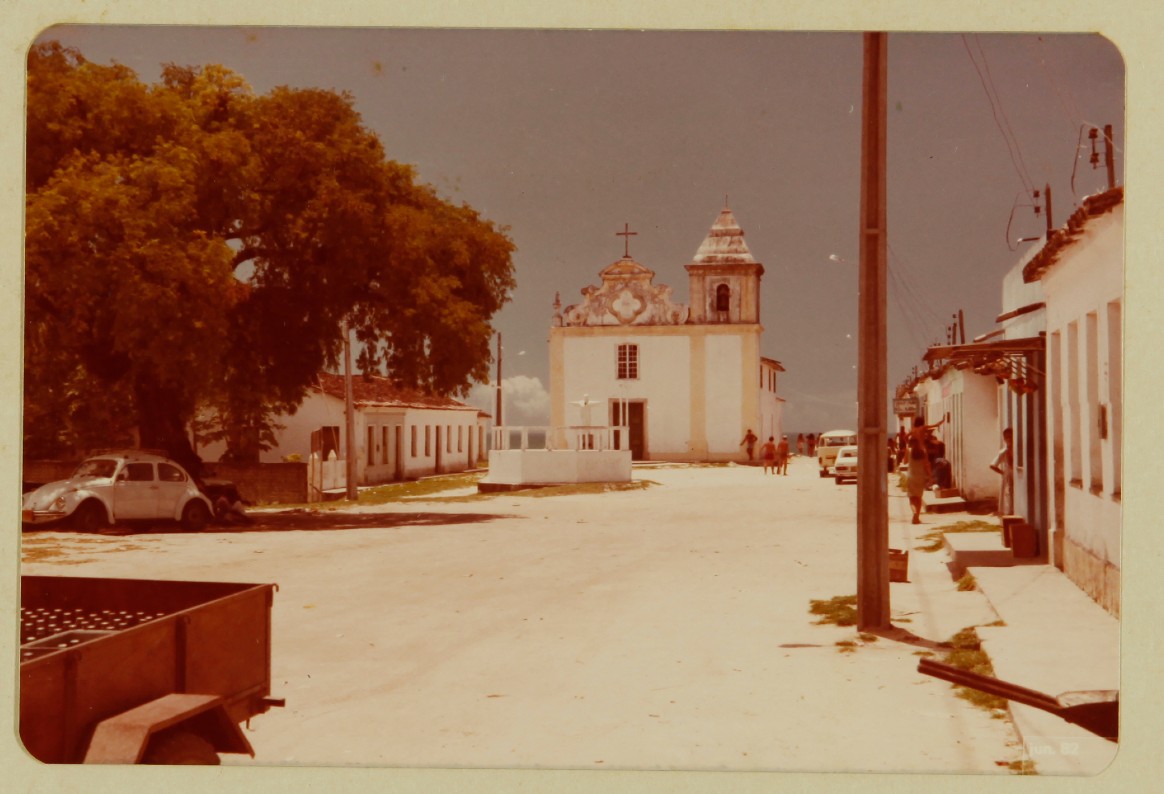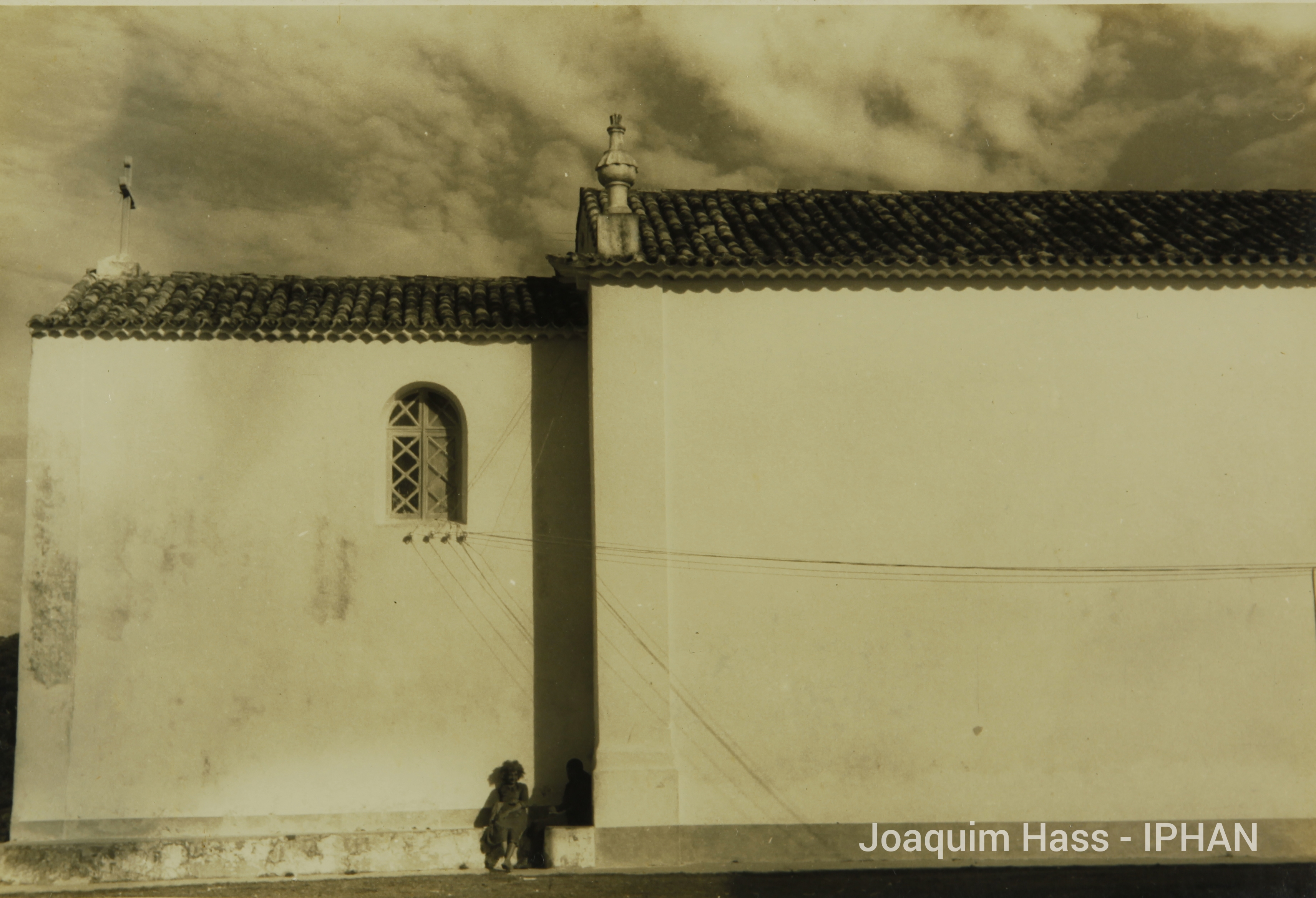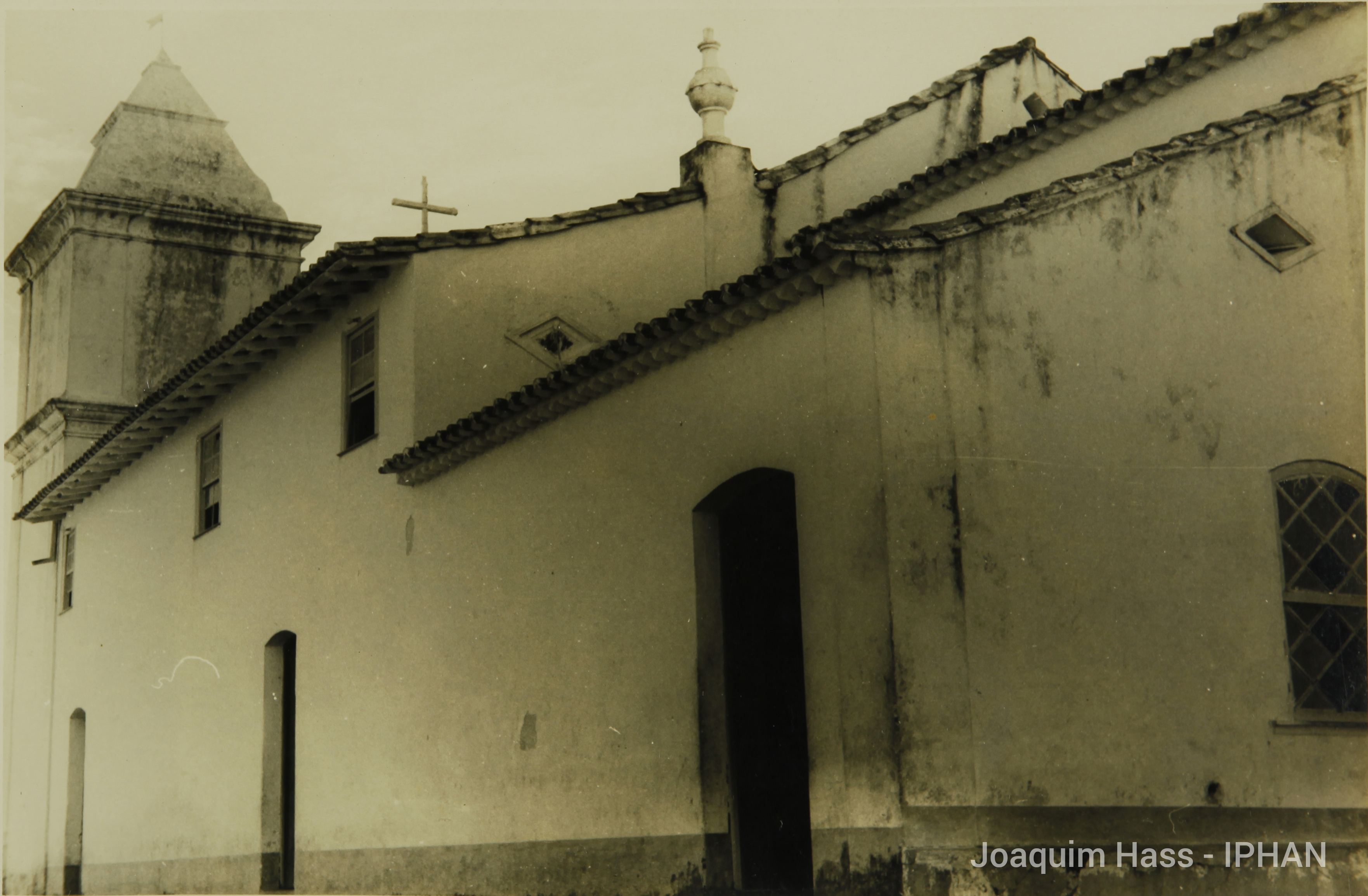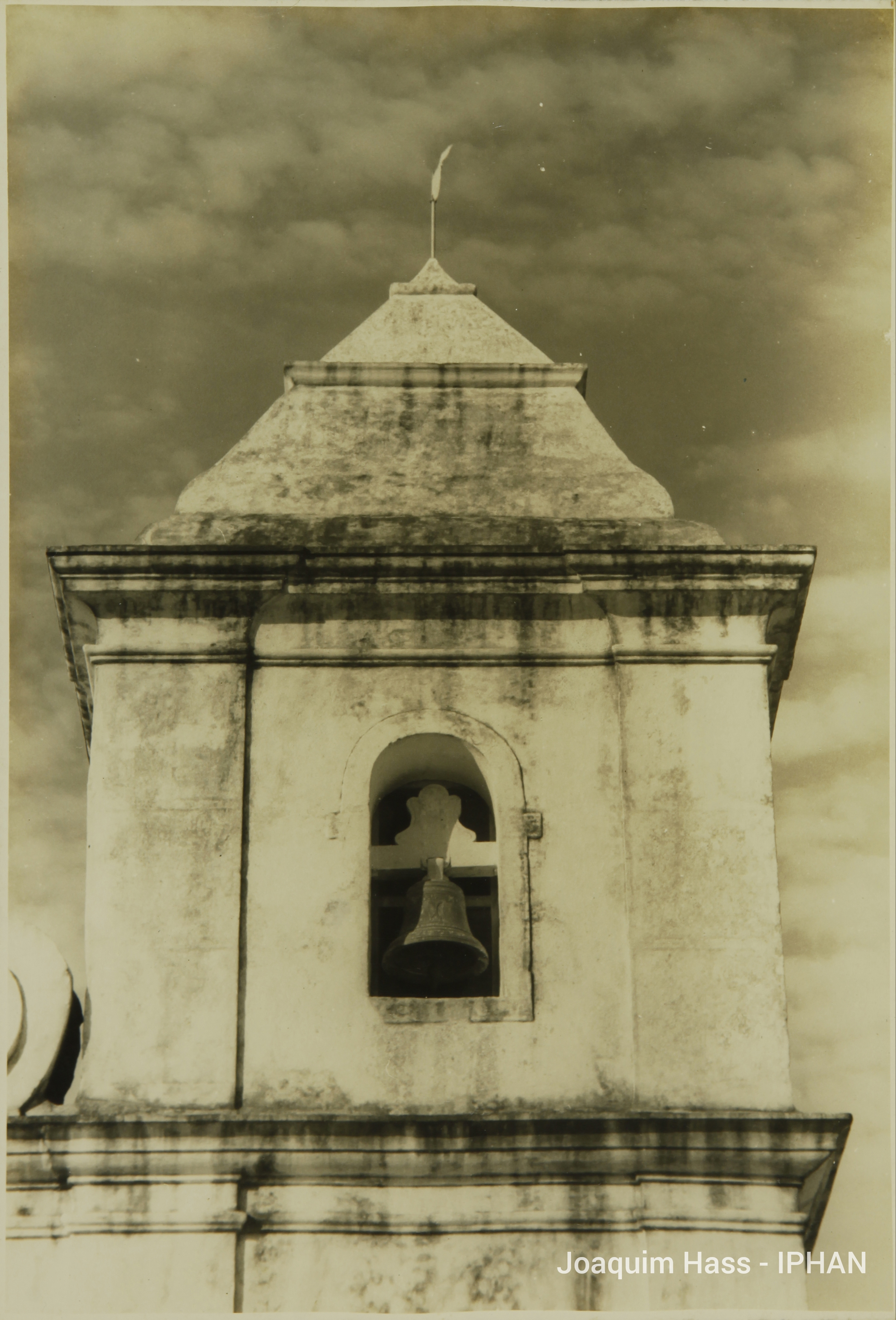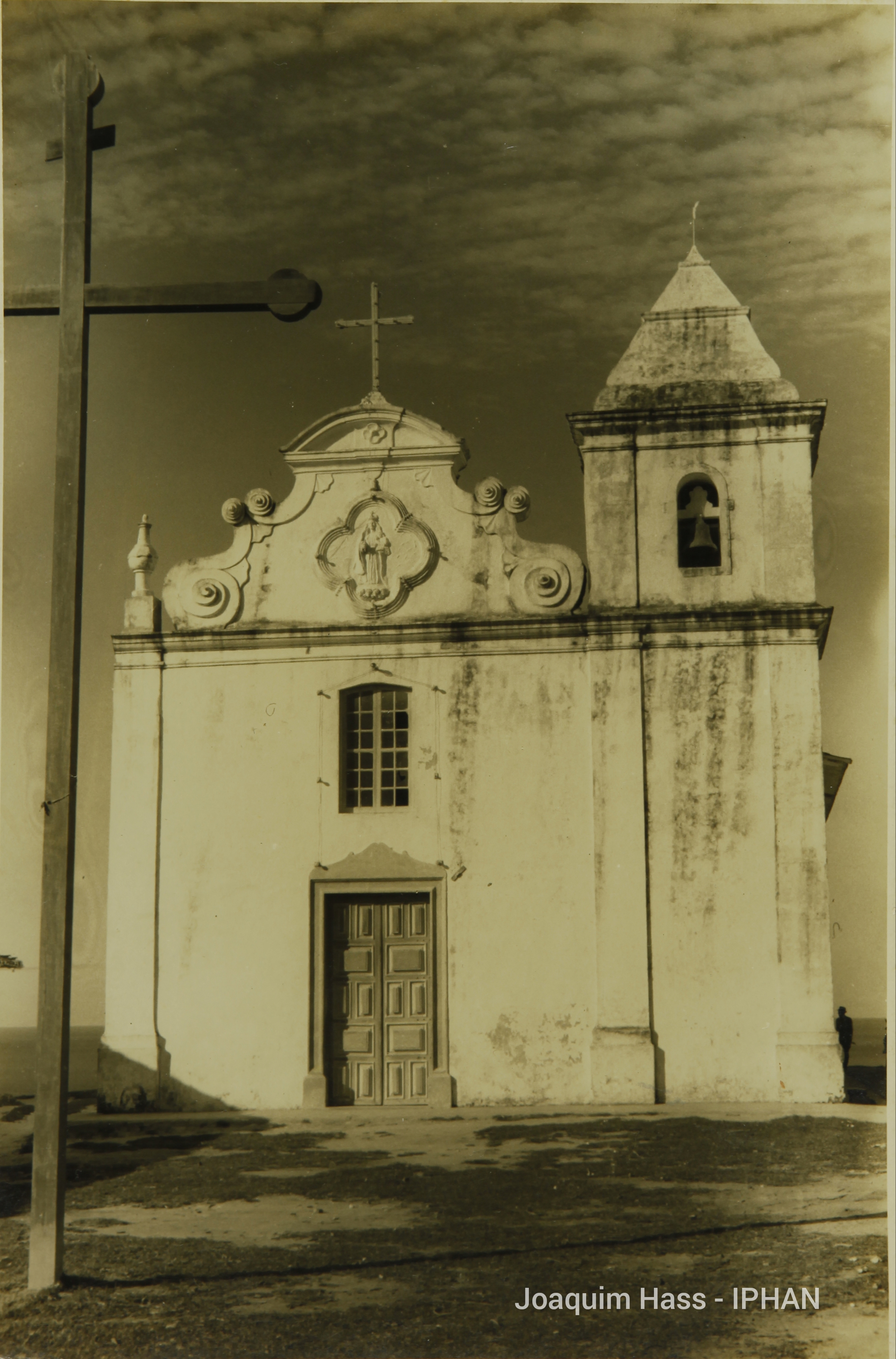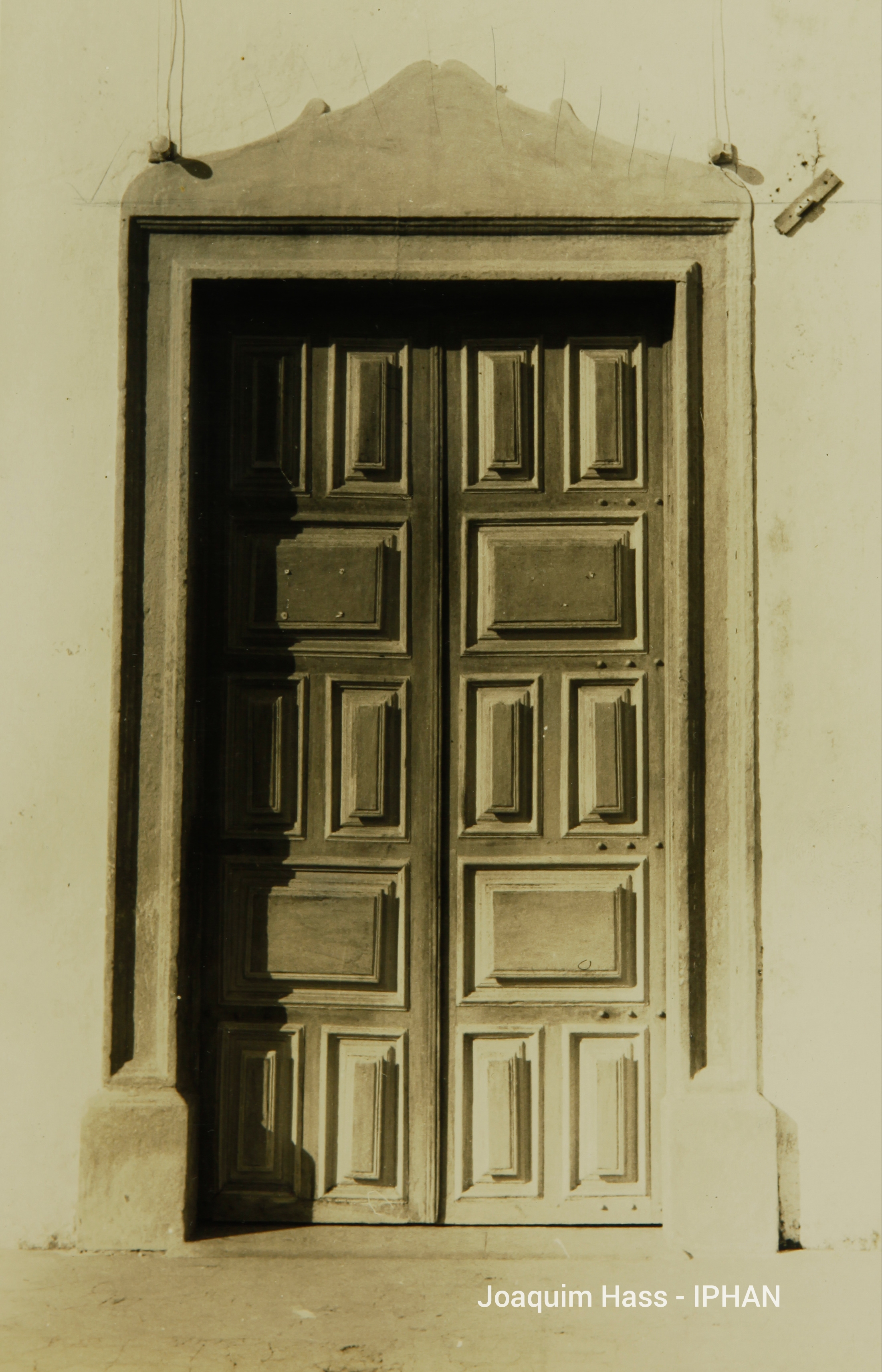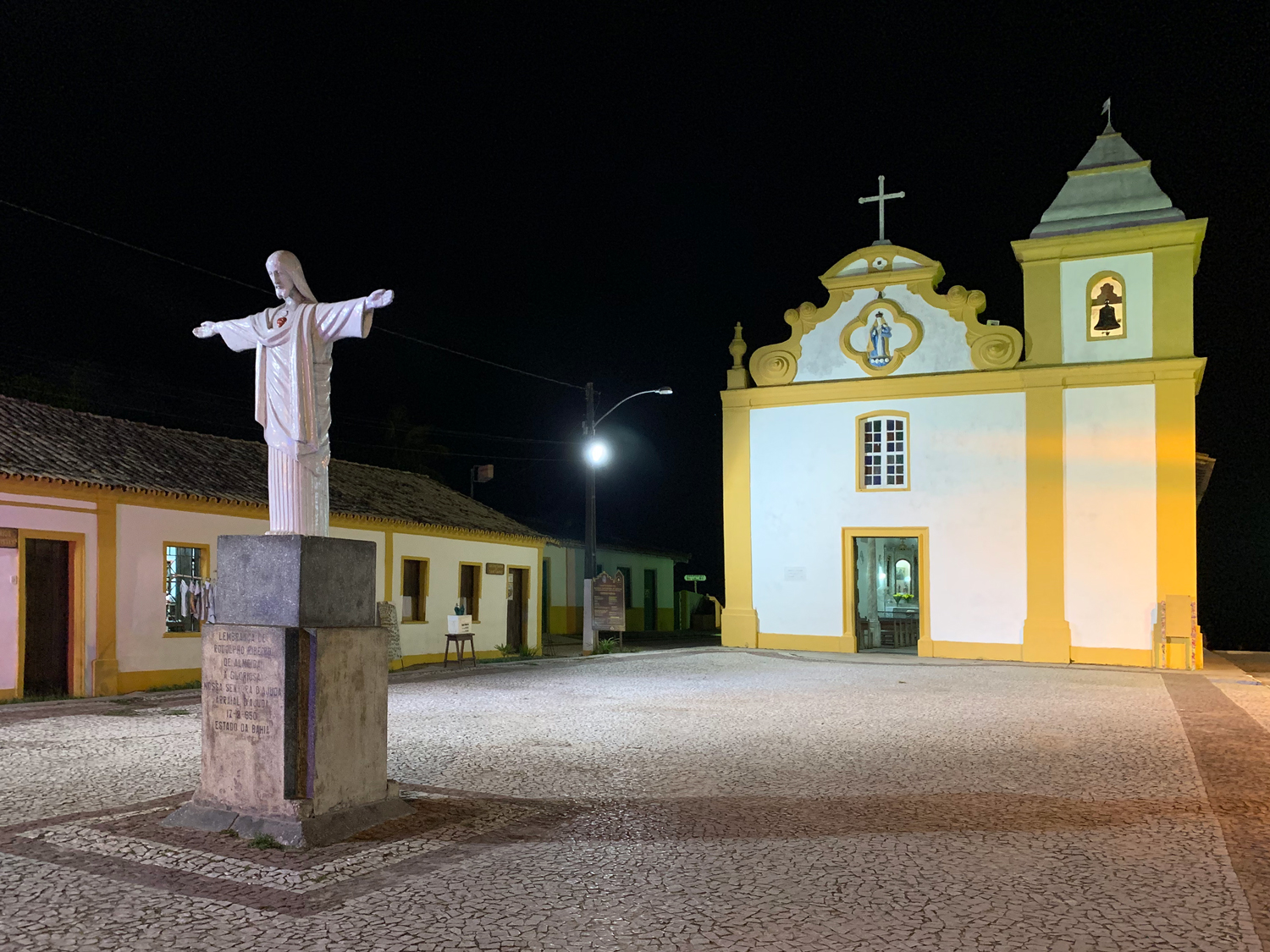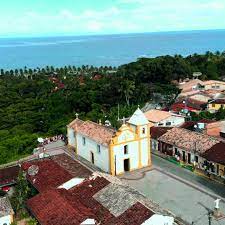"The Church of d'Ajuda"
Built by the Jesuits Francisco Pires and Vicente Rodrigues, sometime between 1550 and 1551 (PIRES, 1551), the Church of N. S. d’Ajuda is one of the oldest Marian temples in Brazil.
Initially, it was a small hermitage, which supported the Jesuit missions in the former captaincy of Porto Seguro. From it, the priests of the Society of Jesus spiritually assisted the residents of the villages that existed close to the church, such as Santo Amaro and São Tiago do Alto, in addition to the indigenous villages in which they worked.
Until 1772, the church was just a small hermitage, until, in that year, it was renovated by the magistrate of the comarca of Porto Seguro, José Xavier Machado Monteiro, and gained the proportions it currently has.
Five years after the renovation, the Irmandade de Nossa Senhora da Ajuda was created, responsible for maintaining the church. and for organizing festivities in honor of the patron saint. The organization of the festivities was particularly important, as the Igreja d’Ajuda is a pilgrimage center religious since the second half of the 16th century.
The legends of the miraculous water, whose source would have erupted at the time of its construction, fueled the fame that the saint was miraculous. The pilgrimages towards the church were already registered in the first half of the 18th century, organized by people who came from places in the region of villages in the northeast of Minas Gerais.
In the second half of the 20th century, pilgrimages became a national phenomenon. Until the first half of the 20th century, the chapel was attached to the mother church of N. S. da Pena, located in the historic center of Porto Seguro.
Contrary to what is commonly imagined locally, the construction of the church, in the early days of Portuguese colonization, did not imply the emergence of the village of Arraial d'Ajuda. At least 300 years separate the construction of the hermitage from the emergence of the village.
The urban nucleus around the church emerged sometime in the second half of the 19th century. Despite this, one is closely linked to the other, as the religiosity surrounding Senhora da Ajuda was and still is one of the central elements in the life of the Arraiana community.
References LETTER from Fr. Antônio Pires, Pernambuco, August 2, 1551. In: CARTAS JESUÍTICAS II. Single Letters (1550-1568). Rio de Janeiro: Oficina Industrial Gráfica, 1931, p. 75-86, p. 81.
Built by the Jesuits Francisco Pires and Vicente Rodrigues, sometime between 1550 and 1551 (PIRES, 1551), the Church of N. S. d’Ajuda is one of the oldest Marian temples in Brazil.
Initially, it was a small hermitage, which supported the Jesuit missions in the former captaincy of Porto Seguro. From it, the priests of the Society of Jesus spiritually assisted the residents of the villages that existed close to the church, such as Santo Amaro and São Tiago do Alto, in addition to the indigenous villages in which they worked.
Until 1772, the church was just a small hermitage, until, in that year, it was renovated by the magistrate of the comarca of Porto Seguro, José Xavier Machado Monteiro, and gained the proportions it currently has.
Five years after the renovation, the Irmandade de Nossa Senhora da Ajuda was created, responsible for maintaining the church. and for organizing festivities in honor of the patron saint. The organization of the festivities was particularly important, as the Igreja d’Ajuda is a pilgrimage center religious since the second half of the 16th century.
The legends of the miraculous water, whose source would have erupted at the time of its construction, fueled the fame that the saint was miraculous. The pilgrimages towards the church were already registered in the first half of the 18th century, organized by people who came from places in the region of villages in the northeast of Minas Gerais.
In the second half of the 20th century, pilgrimages became a national phenomenon. Until the first half of the 20th century, the chapel was attached to the mother church of N. S. da Pena, located in the historic center of Porto Seguro.
Contrary to what is commonly imagined locally, the construction of the church, in the early days of Portuguese colonization, did not imply the emergence of the village of Arraial d'Ajuda. At least 300 years separate the construction of the hermitage from the emergence of the village.
The urban nucleus around the church emerged sometime in the second half of the 19th century. Despite this, one is closely linked to the other, as the religiosity surrounding Senhora da Ajuda was and still is one of the central elements in the life of the Arraiana community.
References LETTER from Fr. Antônio Pires, Pernambuco, August 2, 1551. In: CARTAS JESUÍTICAS II. Single Letters (1550-1568). Rio de Janeiro: Oficina Industrial Gráfica, 1931, p. 75-86, p. 81.

 Port
Port Esp
Esp Eng
Eng